Patiala

The Royal City
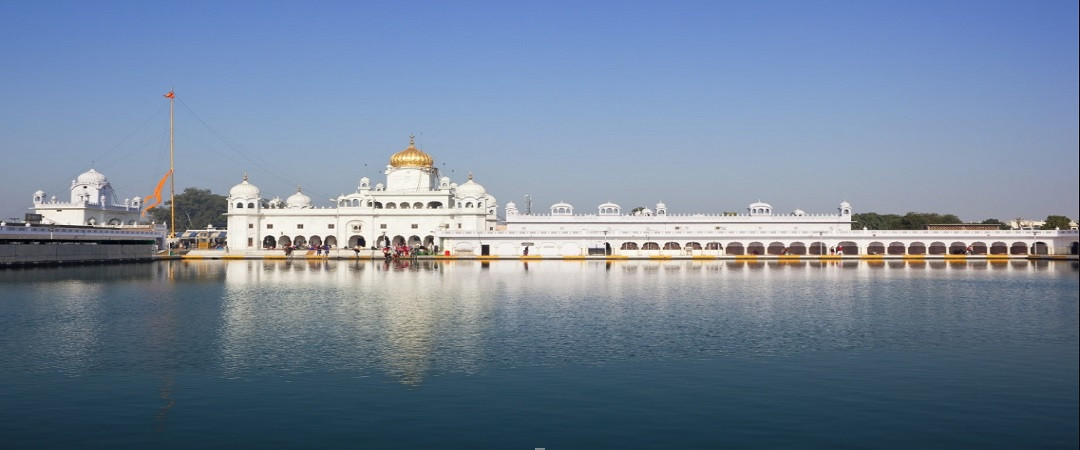
Patiala

The Royal City

Patiala is one of the most historical districts of Punjab, It was founded by Baba Ala Singh, the founder of Phulkian State of Patiala. The city was originally known as Pati Ala which mean area under Raja Ala Singh, and later on came to be known as Patiala. Famous as the city of palaces, forts and gardens, the erstwhile princely State of Punjab has lost none of its age-old charm. it still retains its royal traditions seeped in its Rajput, Mughal and Punjabi influence. Art, architecture and anecdotes of Patiala depicts the rich legacy of the Maharaja’s. The unique Gharana style of music, culinary traditions and fine craftwork of the Patialvi culture is widely admired all over the world.
The city has many attractions bike Baradari Garden, Kali Devi temple, Baradari Palace and Moti Bagh Palace which now houses the National institute of Sports. Patiala is well known for its handicraft works in Gota. Kinari, Zari and Sitara for manufacture of waist-cords and parandas (hair tying cords)
Qila Mubarak Complex
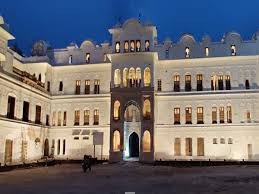
The foundation of Qila Mubarak was laid down by Baba Ala Singh, the founder of Patiala in 1764. The fort cum palace is a wonderful specimen of Sikh architecture which is inspired by Mughal and Rajput architecture. It was the official residence of the rulers of Patiala upto the middle of 19th century. In the inner portion of the fort are the palace, where the rulers and members of their families lived. The Darbar Hall in the fort was built by Maharaja Narinder Singh in 1859. The magnificence of Darbar Hall can be seen with the artistically created ceiling and a huge chandelier of Bohemian crystal. it’s here that you’ll find on display a collection of Armour, paintings, artifacts and royal treasures including a jade dagger of Sri Guru Gobind Singh Ji and the sword of the mighty Persian emperor Nadir Shah, who invaded India in 1739 A.D.
The murals in residential palaces of Qila are peerless works of art depicting themes from Hindu epics, made by the artists from Kangra and Rajasthan.
Timings: 10:00 am to 5:00 pm:
Closed on Monday and National Holidays.
Sheesh Mahal
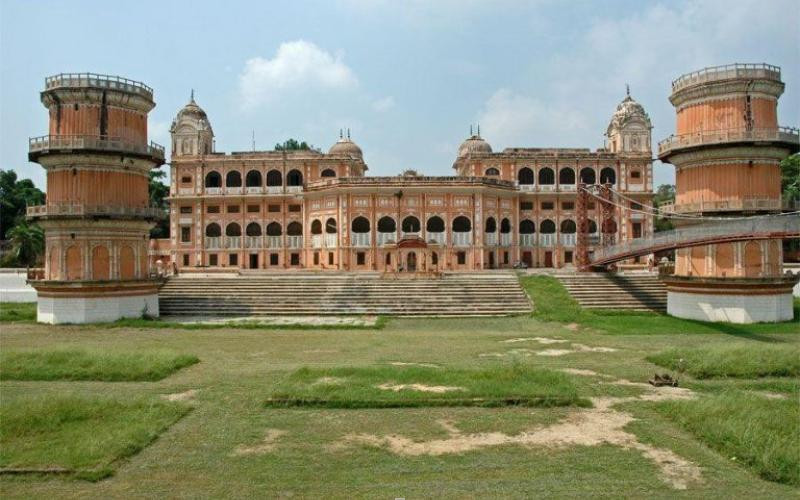
Sheesh Mahal in old Moti Bagh, Patiala was designed on the pattern of Shalimar Garden of Lahore with terraces, fountains, channels and flower beds. It was built in 1847 by Maharaja Narendra Singh Ji, who was a patron of literature, music and fine arts, a retreat for relaxation. Exotic fruit trees, water channels, elegant Mughal terraced gardens are accompanied by a marbled pavilion pathway leading to the Old Moti Bagh Palace. Sheesh Mahal displays the world’s largest collection of medals and decorations. It is perhaps unmatched in the world in its richness and variety. In this collection, there are at present more than 3200 Orders, Medals and Decorations including one and the only Most Noble Order of the Garter (UK’s oldest royal honor).
(Timings: 10:00 am to 5:00 pm: Closed on Monday and National Holidays)
Chandelier Gallery
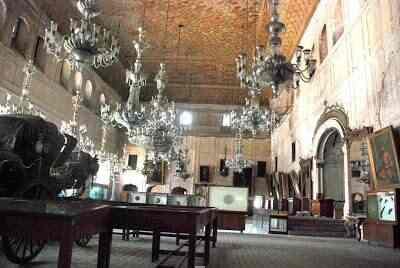 The Darbar Hall in the Qila Mubarak houses an impressive collection of Chandeliers and historic arms. The Chandelier Gallery possesses one of the finest collections of chandeliers. It is also home to some beautifully painted portraits of royalty of Patiala and Britain.
The Darbar Hall in the Qila Mubarak houses an impressive collection of Chandeliers and historic arms. The Chandelier Gallery possesses one of the finest collections of chandeliers. It is also home to some beautifully painted portraits of royalty of Patiala and Britain.
National Institute of Sports (NIS)
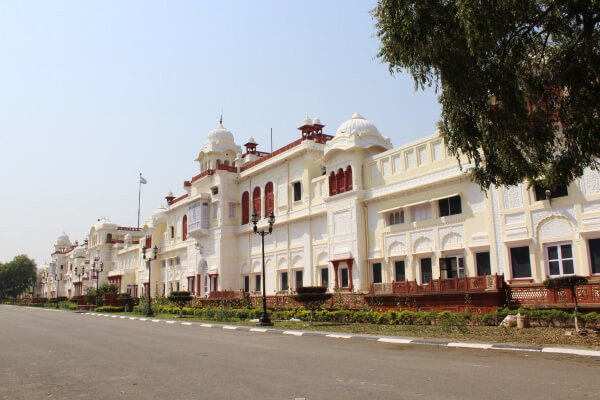 Asia’s largest Sports Institute, Netaji Subhas National Institute of Sports is an academic wing of the Sports Authority of India (SAI) and is located in the Old Moti Bagh Palace of Patiala.
Asia’s largest Sports Institute, Netaji Subhas National Institute of Sports is an academic wing of the Sports Authority of India (SAI) and is located in the Old Moti Bagh Palace of Patiala.
Spread over an area of 268 acres, it was founded on 7th May 1961 and merged with SAI in 1987. The National Institute of Sports Museum has several unique sports memorabilia, like a ‘hass’ which weighs 95 kgs and was used for squats by the Great Gama. Major Dhyan Chand’s gold medal from ‘1928 Amsterdam Olympics’ and PT Usha’s ‘1986 Seoul Asiad shoes’ are also kept here.
Jalau Khana & Sard Khana
A home to some unusual yet interesting artifacts, which are believed to be related to the royal family of Patiala, Jalau Khana exudes a positive vibe that takes everyone back in time. It consists of several galleries that showcases lifestyles of the Maharajas and Maharanis of Patiala and has a wonderfully decorated big central hall. Sard Khana earned its name from the impressive design of the place, which houses a wind tunnel that circulates incoming cool air to the ground floor area. Tourists from around the world travel to this place to explore the architecture of Jalau Khana and Sard Khana.
Mughal Sarai
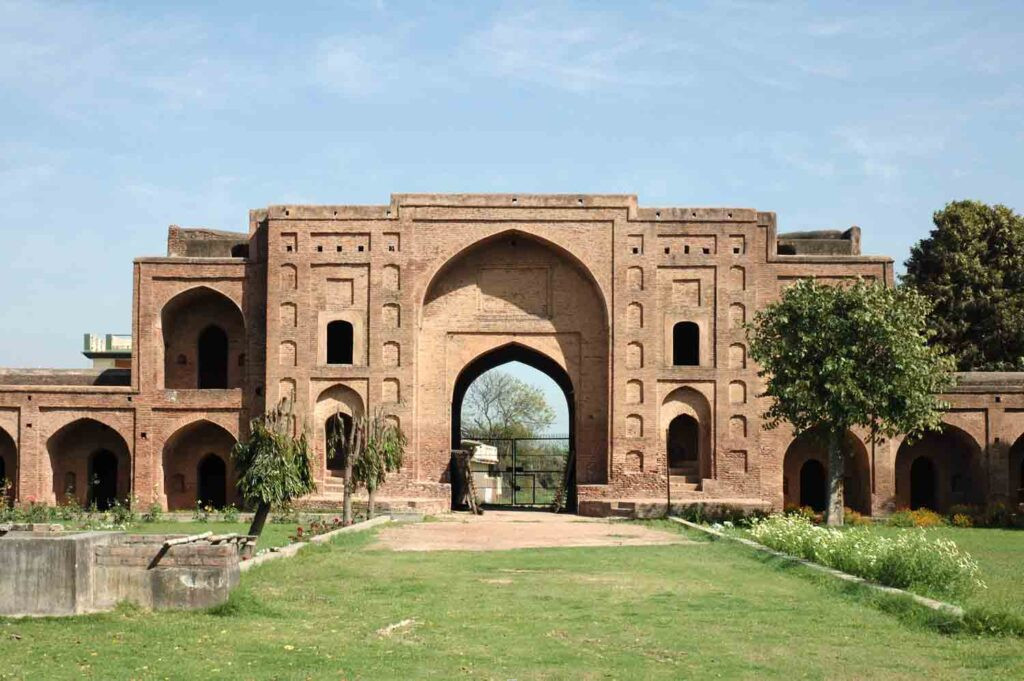 Situated at distance of about 11 km from Rajpura on National Highway, the Sarai was originally built by Sher Shah Suri to provide shelter to the caravans of merchants. A typical square plan with two magnificent gates, a mosque in the center and rooms on all four sides of the courtyard, it was rebuilt in the Mughal period. The Sarai has been conserved and is a destination for the film shooting and pre-wed shoot events.
Situated at distance of about 11 km from Rajpura on National Highway, the Sarai was originally built by Sher Shah Suri to provide shelter to the caravans of merchants. A typical square plan with two magnificent gates, a mosque in the center and rooms on all four sides of the courtyard, it was rebuilt in the Mughal period. The Sarai has been conserved and is a destination for the film shooting and pre-wed shoot events.
Rajinder Kothi
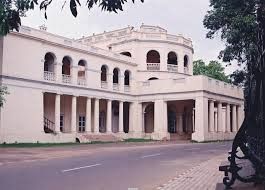 Situated near the Baradari gardens, Rajindra Kothi was the residence of Maharaja Rajinder Singh Ji. It is also known as the Baradari Palace. Rajindra Kothi has been converted into a heritage hotel in 2009 which is now being run by Neemrana Hotels group. This is Punjab’s first heritage hotel and a popular place for film shooting.
Situated near the Baradari gardens, Rajindra Kothi was the residence of Maharaja Rajinder Singh Ji. It is also known as the Baradari Palace. Rajindra Kothi has been converted into a heritage hotel in 2009 which is now being run by Neemrana Hotels group. This is Punjab’s first heritage hotel and a popular place for film shooting.
Mohindra College
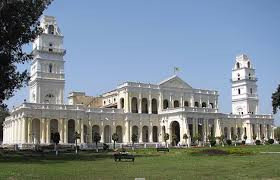 Mohindra College was founded by Maharaja Mohinder Singh, who deserved much praise for his patronage of learning, works of public utility, and for taking measure connected with the improvement and general well-being of the State. Mahendra College is a government college having its breathtaking architecture. It is believed to be one of the oldest institutions in the North India region. Mohindra College was established to provide free education up to graduation level for girl students. It was inaugurated by the then Viceroy, Lord Ripon in 1884.
Mohindra College was founded by Maharaja Mohinder Singh, who deserved much praise for his patronage of learning, works of public utility, and for taking measure connected with the improvement and general well-being of the State. Mahendra College is a government college having its breathtaking architecture. It is believed to be one of the oldest institutions in the North India region. Mohindra College was established to provide free education up to graduation level for girl students. It was inaugurated by the then Viceroy, Lord Ripon in 1884.
Bahadurgarh Fort
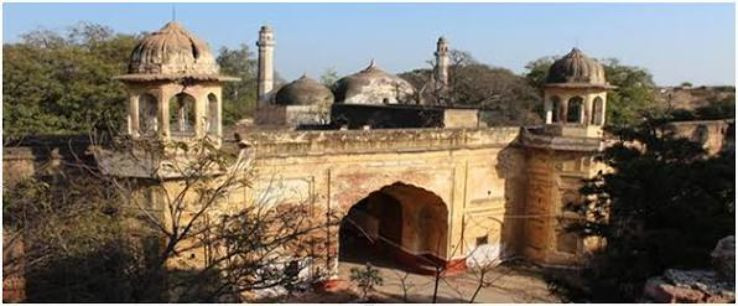 About 7 km to the north-east of Patiala, on the Chandigarh-Patiala highway, a strong fort, which was built by Nawab Sef Khan and called Sefabad after his own name, is now known as Bahadurgarh Fort. It was later restructured by Maharaja Karam Singh in 1837, at an estimated cost of around 100,000 Rupees at that time. Named in honor of ninth Sikh Guru, Sri Guru Tegh Bahadur, Bahadurgarh Fort is a grand Mughal- architectural piece of art. A Gurudwara is also located within its premises, where visitors pay their obeisance.
About 7 km to the north-east of Patiala, on the Chandigarh-Patiala highway, a strong fort, which was built by Nawab Sef Khan and called Sefabad after his own name, is now known as Bahadurgarh Fort. It was later restructured by Maharaja Karam Singh in 1837, at an estimated cost of around 100,000 Rupees at that time. Named in honor of ninth Sikh Guru, Sri Guru Tegh Bahadur, Bahadurgarh Fort is a grand Mughal- architectural piece of art. A Gurudwara is also located within its premises, where visitors pay their obeisance.
Gurudwara Sri Dukh Niwaran Sahib
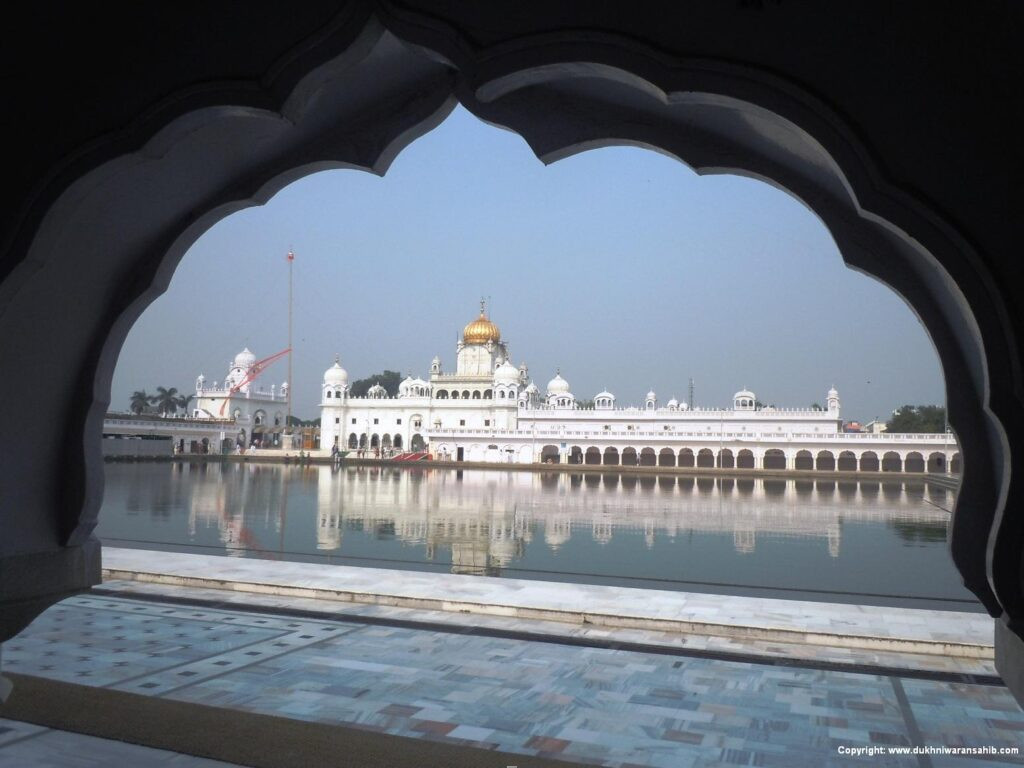 A revered place in the history of Patiala, Gurudwara Sri Dukh Niwaran Sahib is believed to be the place where the ninth Sikh Guru, Sri Guru Tegh Bahadur Ji, sat under a banyan tree to cure the people of Lehal village, who were suffering from a mysterious illness. ‘Dukh Niwaran’ the name itself has been derived from this holy act of Guru ji, which literally means ‘the eradication of sufferings’. It is believed that a bath in the holy tank has the healing effect. A hukumnama (order) by Sri Guru Tegh Bahadur Ji has also been kept here in a glass paned cabin.
A revered place in the history of Patiala, Gurudwara Sri Dukh Niwaran Sahib is believed to be the place where the ninth Sikh Guru, Sri Guru Tegh Bahadur Ji, sat under a banyan tree to cure the people of Lehal village, who were suffering from a mysterious illness. ‘Dukh Niwaran’ the name itself has been derived from this holy act of Guru ji, which literally means ‘the eradication of sufferings’. It is believed that a bath in the holy tank has the healing effect. A hukumnama (order) by Sri Guru Tegh Bahadur Ji has also been kept here in a glass paned cabin.
Tourists and devotees from all over the world visit this holy shrine, made with gleaming white marble.
Baradari Garden
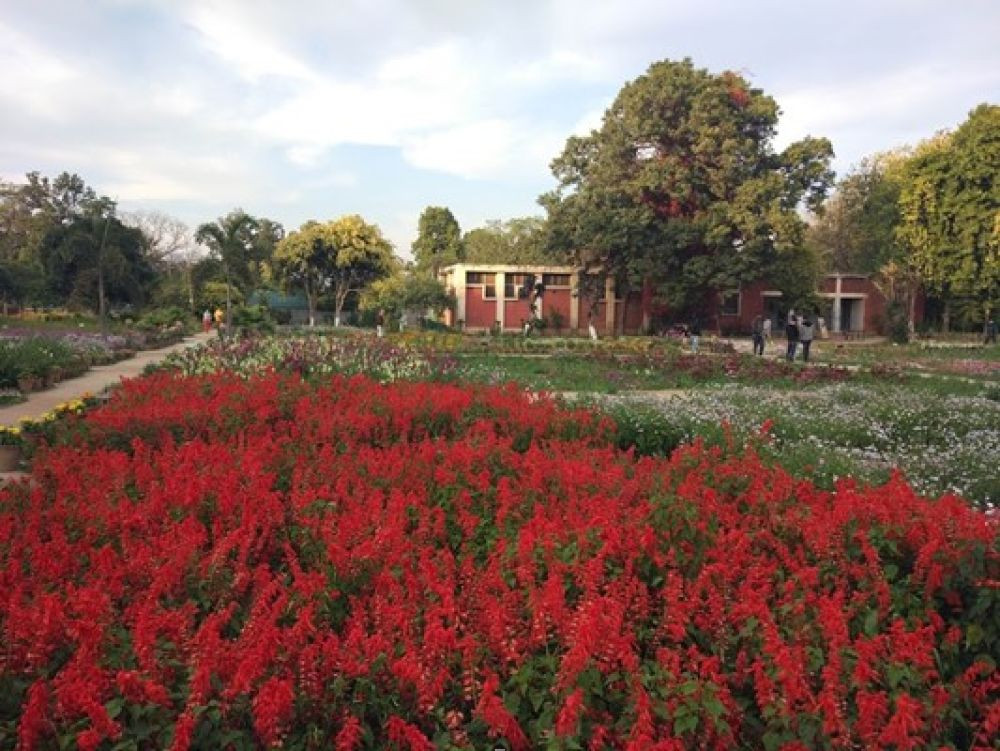 Built in a Mughal style in 1876 by Maharaja Rajinder Singh Ji, Baradari Gardens are situated close to the Baradari Palace, outside the Sheranwala Gate. The name Baradari is formed with two Punjabi words “Bara’ which means twelve and ‘Dar’ which means door, hence Baradari Garden means a garden with twelve entrances or doors. The garden is decorated with rare species of trees, flowers and shrubs which Maharaja Rajinder Singh Ji brought from different places.
Built in a Mughal style in 1876 by Maharaja Rajinder Singh Ji, Baradari Gardens are situated close to the Baradari Palace, outside the Sheranwala Gate. The name Baradari is formed with two Punjabi words “Bara’ which means twelve and ‘Dar’ which means door, hence Baradari Garden means a garden with twelve entrances or doors. The garden is decorated with rare species of trees, flowers and shrubs which Maharaja Rajinder Singh Ji brought from different places.
Kali Devi Temple
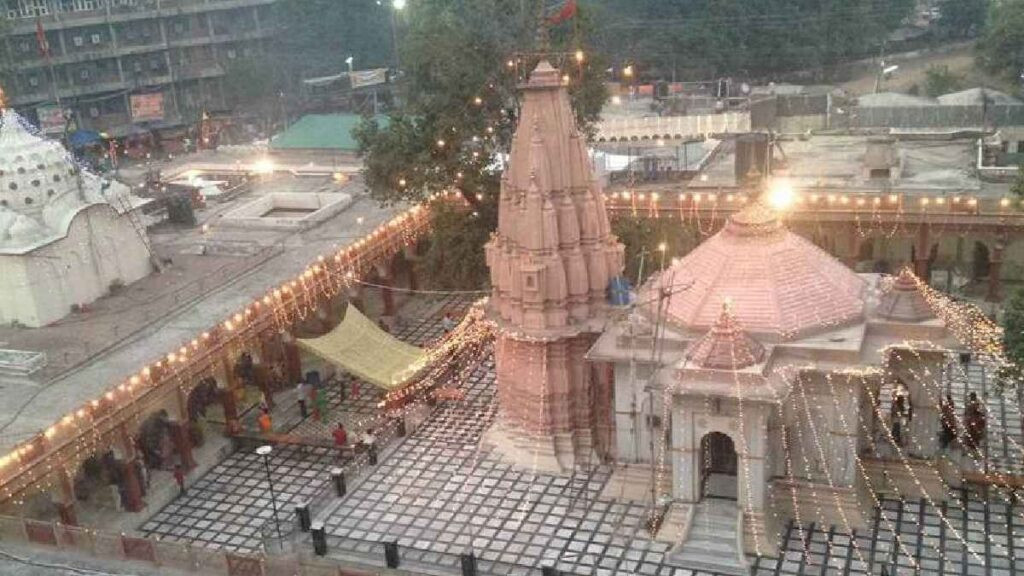 Built by Maharaja of Patiala in 1936, Kali Devi Temple is located on the mall road across the Baradari Gardens and is a spiritual destination for people of all faiths and religions. The most revered possession of the temple is the collection of manuscript leaves (patras) supposed to have been written by Rishi Vyas, the famous author of ‘Mahabharata’. Maharaja Narinder Singh brought these leaves from Badri Narayan Temple in Uttar Pradesh where he went on pilgrimage. People visit this temple in large numbers on every Tuesday and Saturday. Fairs are also held here during the months of April and October every year.
Built by Maharaja of Patiala in 1936, Kali Devi Temple is located on the mall road across the Baradari Gardens and is a spiritual destination for people of all faiths and religions. The most revered possession of the temple is the collection of manuscript leaves (patras) supposed to have been written by Rishi Vyas, the famous author of ‘Mahabharata’. Maharaja Narinder Singh brought these leaves from Badri Narayan Temple in Uttar Pradesh where he went on pilgrimage. People visit this temple in large numbers on every Tuesday and Saturday. Fairs are also held here during the months of April and October every year.
Timings: 5 am to 9 pm.
Sanctuaries of Patiala
Patiala also has member of wildlife sanctuaries which serve as home to numerous wild animals and endangered species.
Bir Bhunerheri Wildlife Sanctuary
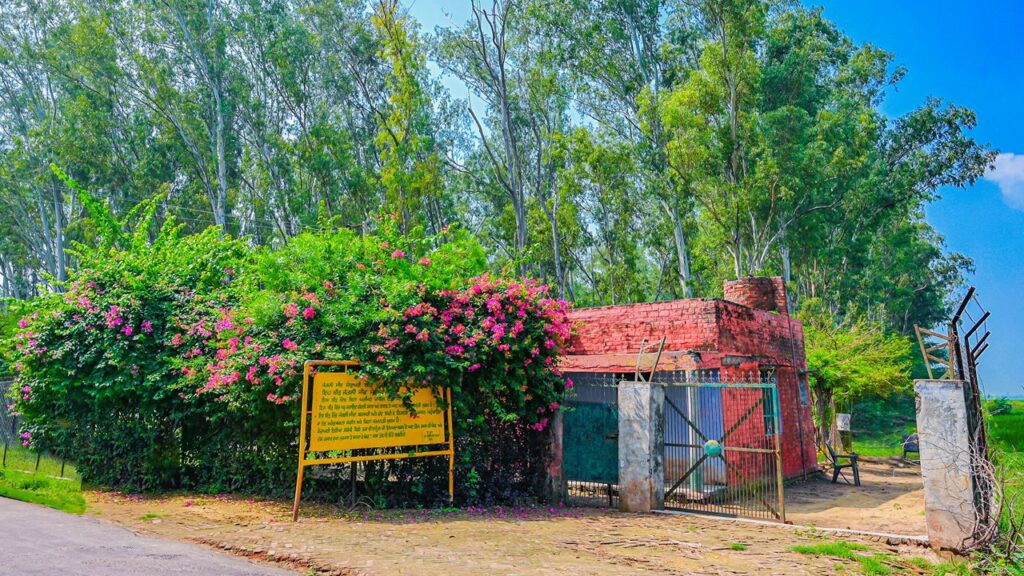 At around 15 km away from Patiala, Bir Bhunerheri Wildlife Sanctuary is spread over 661.66 hq. of area with a number of old Sheesham and Kikkar trees, which provide good natural habitat to the wildlife present in the sanctuary. One can find Hog Deer, Blue Bull, Porcupine, Black Buck, Sambar, Jungle Cat, Jackal, Rhesus Monkey, Peafowl, Black and Grey Partridges, Dove and Spotted Owlet in this sanctuary.
At around 15 km away from Patiala, Bir Bhunerheri Wildlife Sanctuary is spread over 661.66 hq. of area with a number of old Sheesham and Kikkar trees, which provide good natural habitat to the wildlife present in the sanctuary. One can find Hog Deer, Blue Bull, Porcupine, Black Buck, Sambar, Jungle Cat, Jackal, Rhesus Monkey, Peafowl, Black and Grey Partridges, Dove and Spotted Owlet in this sanctuary.
Bir Moti Bagh Wildlife Sanctuary
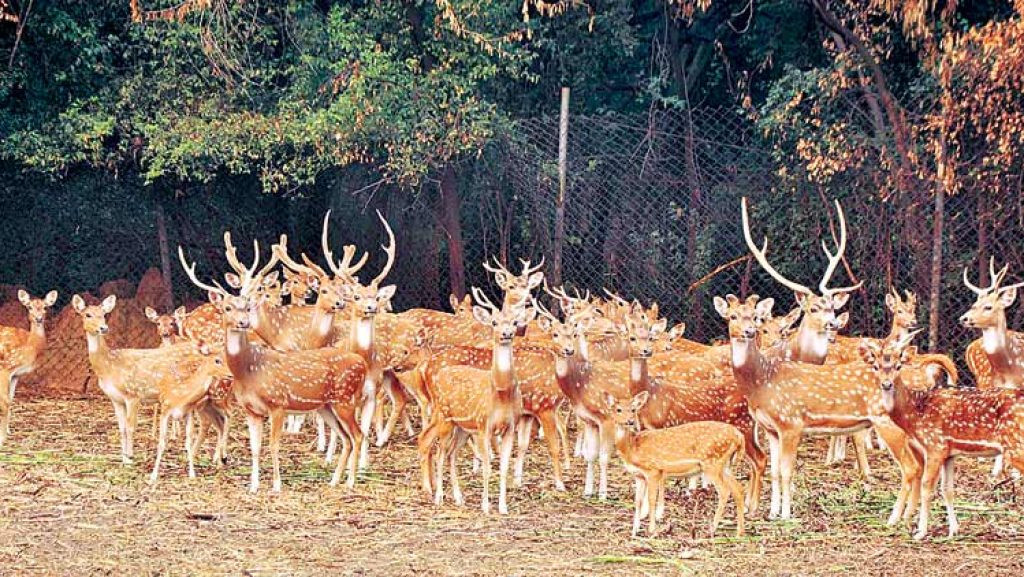 Situated 5 km away from Patiala on Patiala-Dakala Road, Bir Moti Bagh Wildlife Sanctuary is spread over 654 hq of land, where one can find Black Buck, Chital, Hog Deer, Blue Bull, Wild Boar, Jackal, Rhesus Monkey. Peafowl, Brahminy Myna, Black and Grey Partridges, and Quails. It also has a deer park inside its precincts.
Situated 5 km away from Patiala on Patiala-Dakala Road, Bir Moti Bagh Wildlife Sanctuary is spread over 654 hq of land, where one can find Black Buck, Chital, Hog Deer, Blue Bull, Wild Boar, Jackal, Rhesus Monkey. Peafowl, Brahminy Myna, Black and Grey Partridges, and Quails. It also has a deer park inside its precincts.
Bir Gurdialpura Wildlife Sanctuary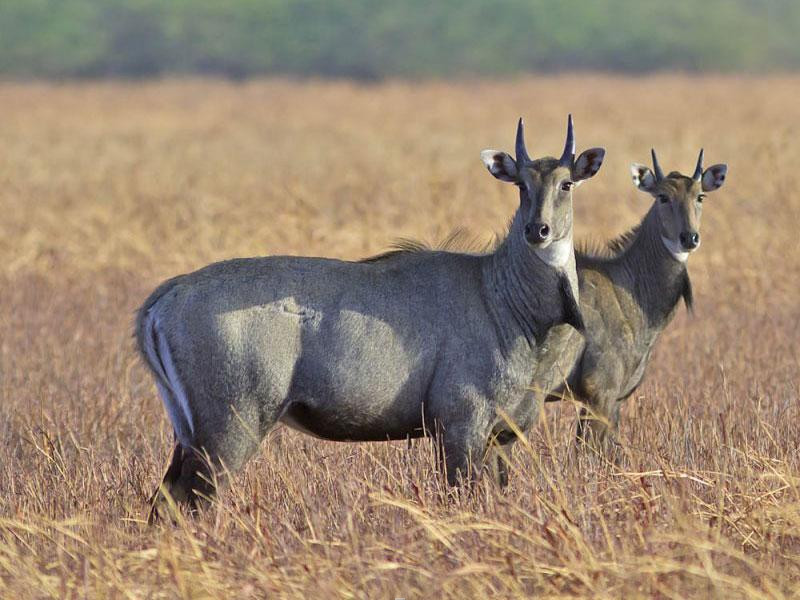 Spread over an area of 620.53 hq, Bir Gurdialpura Wildlife Sanctuary is around 45 km away from Patiala city. It is a home to numerous wild animals such as Wild Boar, Blue Bull, Jungle Cat, Jackal, Hog Deer, Rhesus Monkey, Peafowl, Black and Grey Partridges, Dove and Potted Owlet, etc. which can be spotted during a visit to this sanctuary.
Spread over an area of 620.53 hq, Bir Gurdialpura Wildlife Sanctuary is around 45 km away from Patiala city. It is a home to numerous wild animals such as Wild Boar, Blue Bull, Jungle Cat, Jackal, Hog Deer, Rhesus Monkey, Peafowl, Black and Grey Partridges, Dove and Potted Owlet, etc. which can be spotted during a visit to this sanctuary.
Other Wildlife Sanctuaries in Patiala include Bir Mehas Wildlife Sanctuary, Bir Dosanjh Wildlife Sanctuary and Bir Bhadson Wildlife Sanctuary.
Shahi Samadhan (Royal Mausoleum)
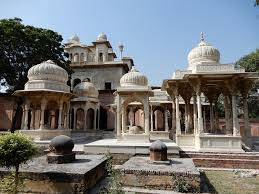 The final resting place for the members of royal families of Patiala, Shahi Samadhan is a Royal Mausoleum, housing a beautiful memorial of Baba Ala Singh, who was the founder of the royal dynasty of Patiala, accompanied by several other members of the royal family resting under white marbled cenotaphs. Shahi Samadhan is the starting point of Patiala’s Heritage Walk, serving as an appropriate introduction to the history of Patiala.
The final resting place for the members of royal families of Patiala, Shahi Samadhan is a Royal Mausoleum, housing a beautiful memorial of Baba Ala Singh, who was the founder of the royal dynasty of Patiala, accompanied by several other members of the royal family resting under white marbled cenotaphs. Shahi Samadhan is the starting point of Patiala’s Heritage Walk, serving as an appropriate introduction to the history of Patiala.
Shopper’s Paradise
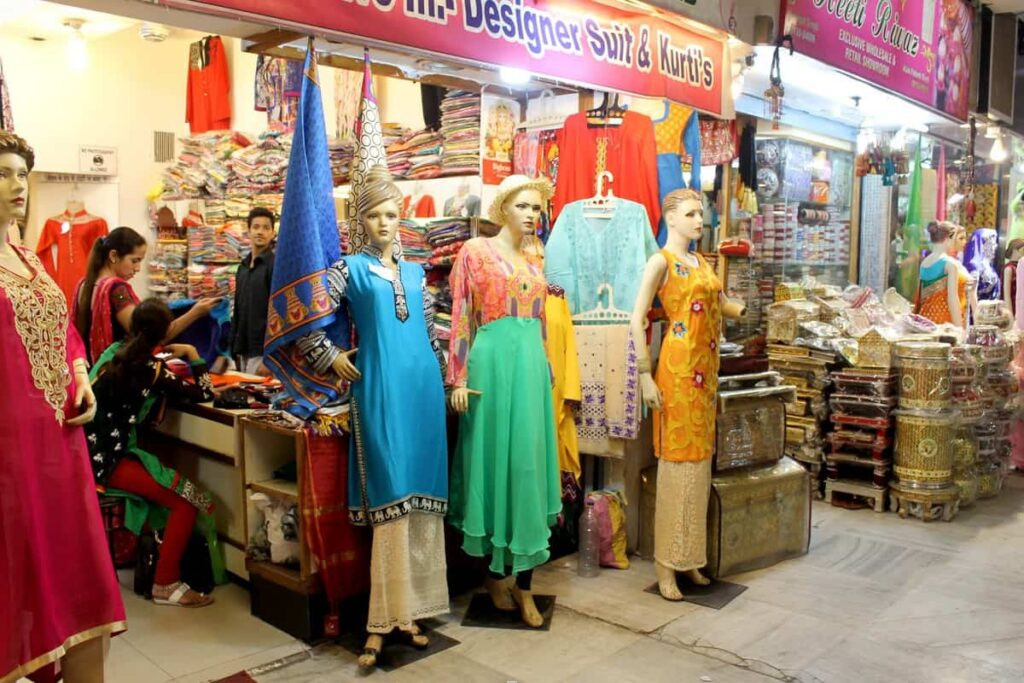 Patiala is also renowned for its traditional Patiala Shahi pagg (turban), paranda (decoration for a braid tassel), Juttis (intricately embroidered leather slippers) and Phulkari (a style of hand embroidery, exclusive to the region). You can shop for all these in the streets of the city or in the narrow but nostalgic lanes around the Qila Mubarak complex, Adalat Bazaar and Dharampura Bazaar. Contrast this with a modern day shopping experience in the new malls of the city.
Patiala is also renowned for its traditional Patiala Shahi pagg (turban), paranda (decoration for a braid tassel), Juttis (intricately embroidered leather slippers) and Phulkari (a style of hand embroidery, exclusive to the region). You can shop for all these in the streets of the city or in the narrow but nostalgic lanes around the Qila Mubarak complex, Adalat Bazaar and Dharampura Bazaar. Contrast this with a modern day shopping experience in the new malls of the city.
Cuisine
Traditional Punjabi dishes, sweets, and drinks can be enjoyed around the city in restaurants, hotels and street side eateries called ‘dhabas’, particularly around Adalat Bazaar, Anardana Chowk and Phuwara Chowk. Traditional hand-made pickles, chutneys. Murabbas and Gur (Jaggery) are must haves on a Punjabi table for aiding metabolism and digestion.
Patiala Heritage Walk
1. Shahi Samadhan (Walk Start)
2. Pammi Puria Wala (Dal Dalia Chowk)
3. Haveliwala Mohalla
4. Chhatta Nanumal
5. Bartan Bazaar
6. Darshini Deori (Qila chowk)
7. Qila Mubarak (Walk End)
Timings: March to November 8 am to 9 am
December to February 9 am to 10 am only on Friday, Saturday & Sunday).